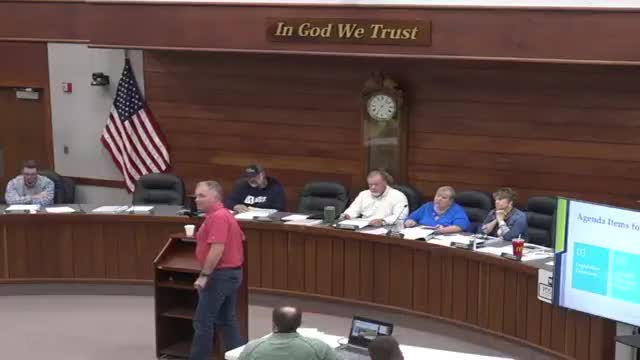Morgan County addresses property tax changes under new Senate Bill 1 legislation
May 22, 2025 | Morgan County, Indiana
Thanks to Scribe from Workplace AI , all articles about Indiana are free for you to enjoy throughout 2025!

This article was created by AI using a video recording of the meeting. It summarizes the key points discussed, but for full details and context, please refer to the video of the full meeting. Link to Full Meeting
One of the key points raised was the potential increase in property taxes due to the new legislation. Currently, Morgan County collects 1% of its income tax, which is among the highest in the state. However, under the new bill, the allowable income tax rate for property tax relief will drop to 0.3%. This change could lead to a substantial rise in property taxes unless state-level adjustments are made.
Council members expressed concerns about the financial burden on residents, particularly those on fixed incomes, such as senior citizens. One council member shared a personal account of a rental property tenant who may have to move due to rising costs, highlighting the real-life implications of these tax changes.
The council also discussed the new income tax structure, which includes a 1.2% general purpose rate for county services and additional rates for fire protection and other municipal services. The total cap for these rates is set at 2.9%. However, the elimination of certain property tax credits by 2028 is expected to further complicate the financial landscape for residents, potentially leading to a decrease in property tax revenue.
In addition to tax discussions, the meeting touched on the responsibilities for bridge maintenance and funding for road work, emphasizing the need for collaboration between the county and local townships.
Overall, the council's deliberations underscored the challenges ahead for Morgan County as it navigates the implications of Senate Bill 1, with potential increases in property taxes and shifts in funding for essential services. The council plans to continue addressing these issues in future meetings, seeking solutions that balance fiscal responsibility with the needs of the community.
Converted from 5/21/2025 Council Meeting meeting on May 22, 2025
Link to Full Meeting
Comments
View full meeting
This article is based on a recent meeting—watch the full video and explore the complete transcript for deeper insights into the discussion.
View full meeting
